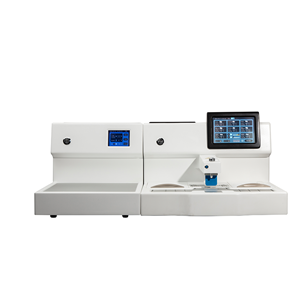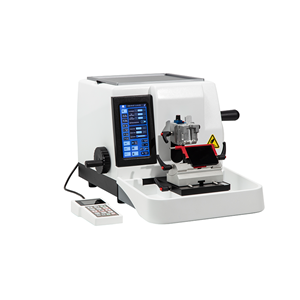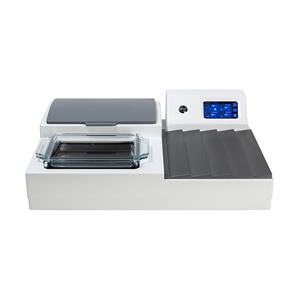Why Is It Important to Cut Thin Tissue Samples with a Microtome
Why Is It Important to Cut Thin Tissue Samples with a Microtome?
Introduction:
The world of medical research and diagnostics relies heavily on the ability to examine tissues and cells at a microscopic level. One essential tool in this process is the microtome, a device designed to cut extremely thin tissue samples for further analysis. In this article, we'll explore the importance of using a microtome to obtain these thin tissue sections and how it contributes to the advancement of medical science.
1. Enhanced Visualization of Cellular Structures:
Thin tissue samples allow scientists to observe cellular structures and organelles with greater clarity. By cutting samples to a thickness of just a few micrometers, microtomes enable researchers to study the intricate details of cells and tissues, leading to a better understanding of their functions and potential abnormalities.
2. Improved Staining and Imaging Techniques:
Thin tissue sections are crucial for effective staining and imaging. When samples are too thick, dyes and stains may not penetrate the tissue evenly, resulting in an unclear or distorted image. Microtomes ensure that tissue samples are thin enough for uniform staining, allowing for accurate and detailed observations under the microscope.
3. Faster and More Accurate Diagnoses:
In the field of pathology, obtaining thin tissue samples is essential for accurate diagnoses. Microtomes play a vital role in preparing samples for examination, enabling pathologists to identify abnormalities and diseases more quickly and accurately. This, in turn, leads to more effective treatment plans and improved patient outcomes.
4. Facilitating Research and Discovery:
Microtomes are indispensable tools in the world of medical research. By providing thin tissue samples, they enable scientists to study the effects of various treatments, drugs, and therapies on cells and tissues. This research contributes to the development of new medications and treatment methods, ultimately improving the quality of healthcare.
5. Conserving Valuable Specimens:
In some cases, researchers may have access to a limited amount of tissue from a rare or valuable specimen. Using a microtome to cut thin sections ensures that the maximum amount of information can be obtained from the available sample, preserving the specimen for future study and analysis.
Conclusion:
The importance of cutting thin tissue samples with a microtome cannot be overstated. This essential tool allows for enhanced visualization, improved staining and imaging, faster diagnoses, and facilitates research and discovery in the medical field. By providing a window into the microscopic world, microtomes play a crucial role in advancing our understanding of human health and disease.




